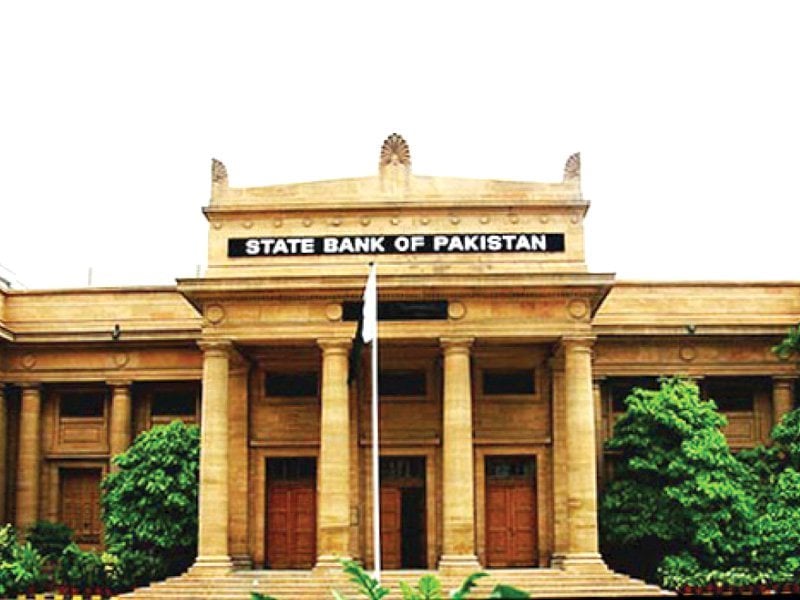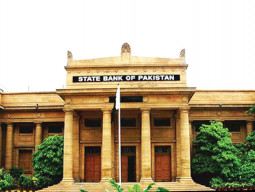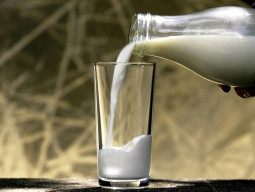
The central bank has taken this step to curb inflation emanating from hike in prices of power, gas and foods. The country is expected to encounter nine-year high inflation at over 13.5% in the ongoing month of January 2020. The interest rate remains an effective tool with the SBP to contain inflation.
"Recent inflation outturns have been on the high side and there remain near term risks to inflation primarily from food price shocks and potential increases in utility (power and gas) prices," SBP Governor Reza Baqer said at a press conference on Tuesday.
The central bank, however, kept its projection for average inflation unchanged at 11–12% for the full ongoing fiscal year 2019-20. It expected the recent surge in inflation was a short-term phenomenon.
“The SBP will soon start easing primarily due to recent appreciation in rupee against the US dollar after the introduction of the market-based exchange rate and ongoing fiscal consolidation," he said.
The average inflation for the first six months (Jul-Dec 2019) of current fiscal year stood at 11.11%, according to the Pakistan Bureau Statistics (PBS).
This is the third bimonthly monetary policy statement (MPS) in which the SBP's monetary policy committee (MPC) left the benchmark interest rate unchanged at July 2019 level. The central bank jacked up the interest rate by hefty 7.5 percentage points since January 2018 to 13.25% in July 2019.
"The MPC also viewed the current monetary policy stance as appropriate to bring inflation down to the medium-term target range of 5–7% over the next six to eight quarters," he said.
Analysts anticipated the inflation would start dropping from March 2020 and rate cuts to begin from March 2020.
The governor noted that the average real interest rate (nominal interest rate at 13.25% minus expected average full-year inflation at 11-12%) has dropped somewhere between 1-2% due to high rate of inflation these days.
"The average real interest rate used to be around 3% historically (in Pakistan)," he said.
Some of the market analysts had earlier expected a slight increase in the interest rate in the latest policy statement due to drop in the real interest rate.
"The drop in the real interest rate (to 1-2%) is okay considering the aggregated demand (eg, import) has remained low in the economy," he said.
Credit to private sector
The prevailing high interest rate slowed down growth in credit to private sector. The credit grew by 2.2% in the first six-and-half months (Jul 1, 2019 to Jan 17, 2020) of current fiscal year 2019-20 compared to 8.5% in the same period last year, the SBP reported.
This deceleration broadly reflects soft economic activity. "However, loans under the SBP’s export finance scheme (EFS) and long-term financing facility (LTFF) for exporters increased by 20.6% and 13.2% during the same period, supporting the recent growth in exports," it said.
Economic growth revised down
The central bank said Pakistan would miss the previously projected economic growth rate of 3.5% due to poor production of major agriculture crops in the current fiscal year 2019-20.
"Last time, we had projected GDP (gross domestic product) growth at 3.5% which is unlikely...due to adverse supply shocks in agriculture production. The SBP’s projection for real GDP growth is likely to be revised downward for FY20," Baqer said.
Nevertheless, available monthly indicators of activity show that the slowdown in most economic sectors appears to have bottomed out, and a gradual recovery is expected in the coming months, he said.
Earlier, the government of Prime Minister Imran Khan had set GDP growth target at 4% for the year.
The agriculture outputs have been hit hard by climate change – untimely and unwanted raining and fluctuation in temperature, locust attack mostly in Sindh and adjoining areas in Punjab and poor planning at the government level.
Besides, high interest rate regime and massive rupee depreciation in 19-month period till June 2019 badly impacted the manufacturing sector.
The governor, however, said some manufacturing sectors were seen gradually returning to high production scenario. For instance, "cement and power volumes are on rise. The quantum of power consumption was low. Now, this is gradually increasing."
He said the latest production estimates of major crops indicate that all winter crops, except cotton, grew in line with expectations. Cotton production is revised downward due to adverse supply side shocks.
Large scale manufacturing (LSM) indicates that economic activity is strengthening in export-oriented and import-competing industries, while inward-oriented industries continue to slow down, he said.
Specifically, LSM showed gains in textiles, leather products, engineering goods, rubber products, cement and fertilizer, and declines in auto, electronics, food, chemicals, and petroleum products, he said.
Incentives for export, manufacturing sectors
The central bank announced incentives to support export-oriented and manufacturing sectors in order to earn higher foreign exchange reserves, as the country cannot achieve sustainable economic growth without building of reserves, the governor said.
Therefore, the SBP extended the scope of Long Term Financing Facility (LTFF) to cover all permissible export oriented sectors compared to a few earlier. This step is aimed at setting up of diverse export oriented projects in Pakistan and boost exports in multiple sectors.
Further, to accommodate enhanced financing requirements of exporters for setting up long term export oriented projects, maximum limit of Rs2.5 billion has been enhanced to Rs5 billion per project under the LTFF.
Besides, it has provided additional concessional financing of Rs200 billion to banks including Rs100 billion under the LTFF for import of machinery and raw material and another Rs100 billion to finance working capital under the Export Refinance Scheme (EFS) to be utilized by June 30, 2020.
The SBP would also announce separate financing limits for SME exporters under the LTFF and the EFS in March 2020. It has allowed manufacturing concerns to make 100% payment in advance for import of plant, machinery, spare parts and raw materials etc against letter of credit (LC).
Earlier, the SBP had allowed advance payment of up to 50% in December 2019.
The SBP has also allowed banks to make advance payment up to $10,000, or equivalent thereof, per invoice on behalf of commercial importers for import of raw material, spare parts and machinery. The same limits for such imports are also available to commercial importers on open account.










































COMMENTS
Comments are moderated and generally will be posted if they are on-topic and not abusive.
For more information, please see our Comments FAQ